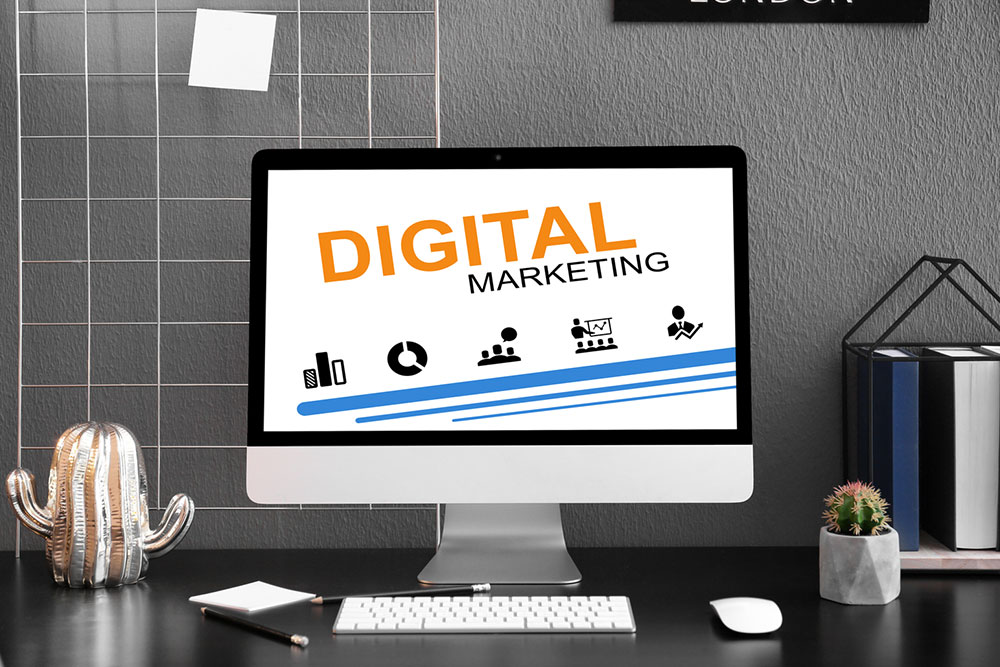6 digital marketing mistakes and how to avoid them

With the growing dependency on the internet, digital marketing has become an increasingly important part of every business. Not only does it help get the word out directly to one’s target audience, but it also provides brands a chance to engage with their customers and build a better connection. Errors here, however, could tarnish one’s reputation and impact sales. Learn about six common digital marketing mistakes businesses make and how to avoid them.
Not defining a clear audience
One of the most common mistakes entrepreneurs and novice marketers make with digital marketing is not working with a defined audience. They believe this approach helps them reach a wider audience or cast a wider net. However, this is not the case in reality. When it comes to bringing in revenue, every business has a set “audience” that does most of the work. Businesses must begin by defining a clear audience and learning more about them. This way, they can build an effective marketing campaign and narrow down specific points. To do so, begin by setting a buyer persona (demographics). Next, conduct market research in the form of focus groups or larger quantitative studies. Employ a professional market research company to quicken the process. Lastly, do not underestimate the power of simply talking to prospective customers – engage with them on social media, ask for reviews, conduct polls, and learn more about them directly.
Overlooking SEO
Browser ranking is crucial to building an online presence and digital marketing strategy. Although the importance of SEO (search engine optimization) is well-recognized today, most people take a rather superficial approach, which could cost them visibility.
To develop a strong SEO strategy, pay attention to the following details:
– Keywords
Look up popular related keywords that customers are looking for and build content around it. This can help improve the chances of ranking higher on popular search engines.
– Quality of content
High-quality, long-form content is generally ranked higher on search engines. Intersperse this with multimedia content to keep viewers engaged on the site.
– Mobile-friendliness
Most people today use their phones to browse the web, so be sure to focus on mobile-friendly formats for the website.
– Backlinks
Having backlinks that lead to authority sites or influencers can also improve search rankings.
– Image name optimization
While the image name isn’t generally visible to the audience, it plays a significant role in determining SEO rankings. Set a naming strategy for all images on the site, with each one featuring a keyword. Add alt-text as well.
Working without a strategy
When working with social media, developing a strategy is crucial. This becomes a guideline for the brand’s online presence, defining aspects such as design choices, tonality, and colors. This helps set an impression on potential customers and builds brand identity. However, many companies forget to build a strategy when starting their social media journey, which could hurt their prospects and make them come off as unreliable.
Develop a social media strategy by focusing on the following details:
– Set SMART goals
SMART is an acronym for Specific, Measurable, Achievable, Relevant, and Time-bound goals. This helps businesses plan their digital marketing strategies more effectively, ensuring they are coherent and scalable. Using this goal-setting framework, one can also outline the tools and tactics they aim to use to achieve their goals.
– Define a brand voice and persona
As discussed above, a buyer voice and persona help brands identify their customers better and market them directly.
– Monitor progress
Like any other business plan, digital marketing strategies require constant progress monitoring and tweaking to ensure they remain relevant and reach the desired audiences.
Focusing too much on paid ads
Paid ads are beneficial for improving views and clicks but are not the only way to grow one’s online presence. Working without a set plan can be expensive, costing businesses thousands of dollars in revenue. Before heading down this route, be sure to define a set target audience. Try to get to know the target group and focus on what they want. Work on A/B testing by trying out different ad formats for different audiences and see what performs best. This is also a good time to set a budget for paid ads and work accordingly.
Expecting quick results
Despite popular belief, social media success is not found overnight. While it only takes one post to go viral, brands often need to invest considerable time and resources into building a consistent brand image online. However, the team often gets disheartened when their posts don’t perform, causing them to discard their digital marketing efforts entirely. Don’t make this mistake. Give ad campaigns on social media platforms at least a week to show proper statistics. With SEO and keywords, it may take about two months to see improvements in online rankings.
Following trends blindly
Jumping onto trends has become the new way of going viral. While this strategy may work for individual influencers, brands must steer clear of them, as it may impact their messaging. If this is a priority, look for trends that strategically align with the brand’s vision and current marketing strategy and push out high-quality content for people to engage and connect with.







